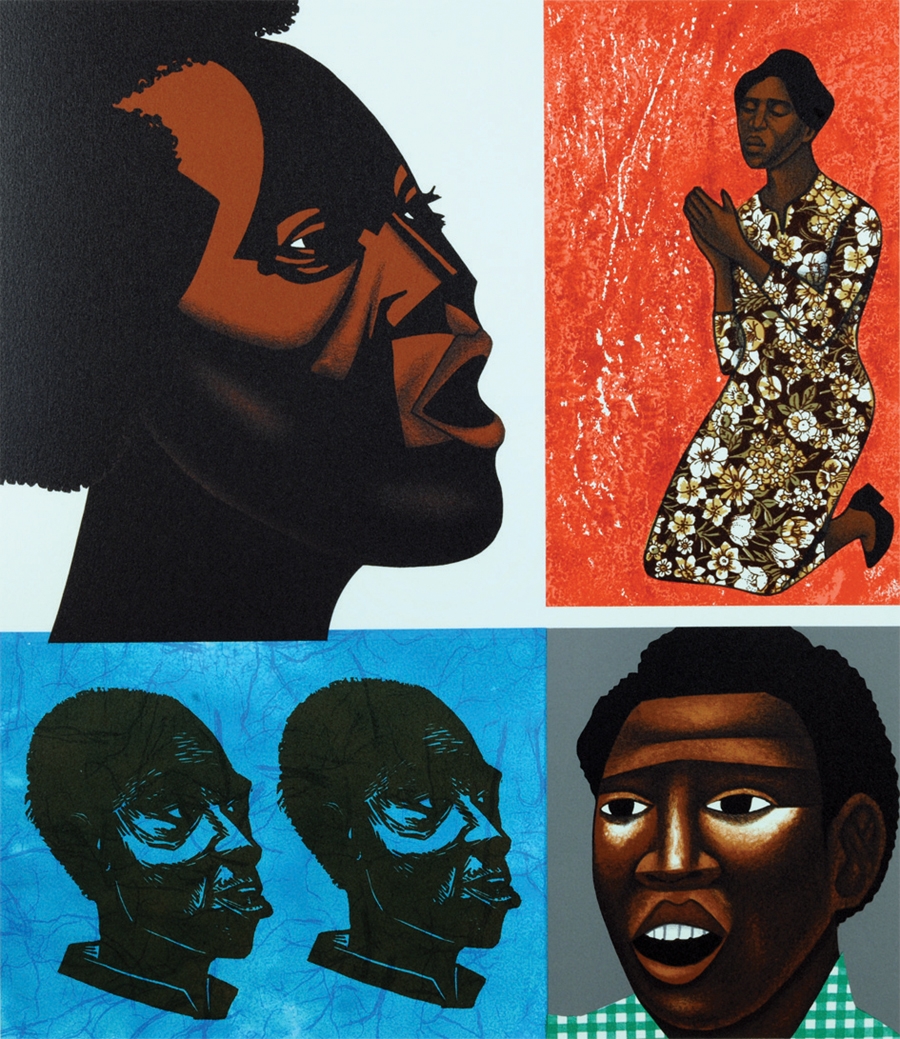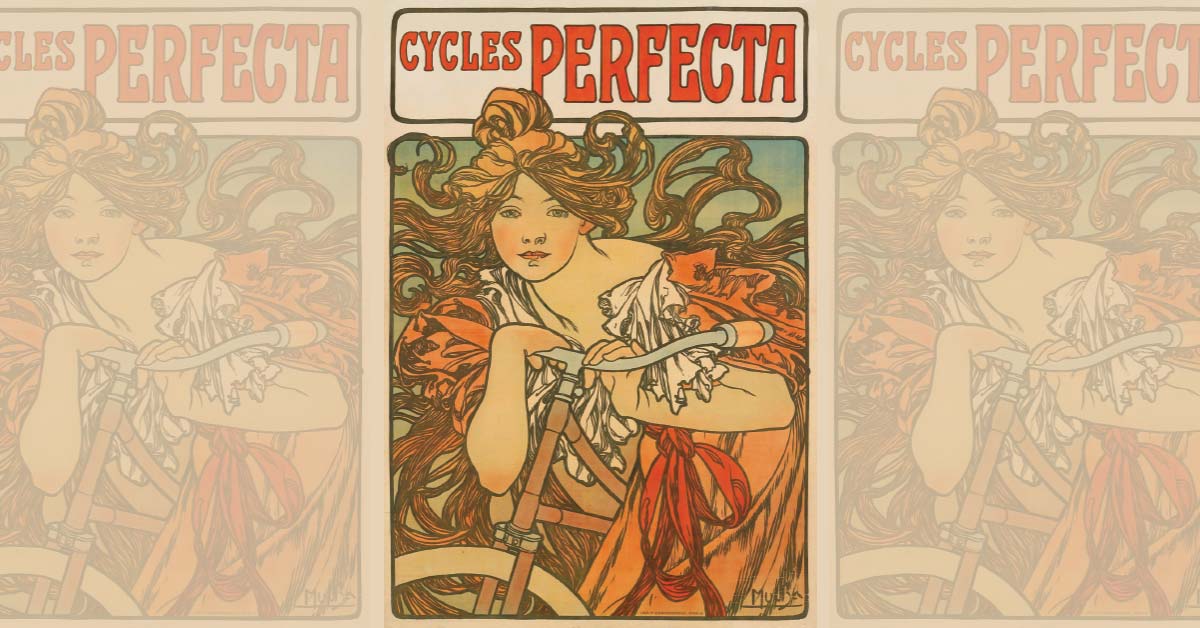After finding out you had secured a landmark exhibition for your museum, simply displaying it would’ve been enough for some. Not for the Kalamazoo Institute of Arts, though.
The museum saw opportunity.
The big show — Black Refractions: Highlights from The Studio Museum in Harlem, making its only Midwest stop at the KIA — became the perfect chance to also showcase the KIA’s collection and Kalamazoo community artists.
“Our executive director, Belinda Tate, came to the idea that this would be a time when it would be beneficial for our collection to also be out … and wanted to highlight the wonderful community that we’ve been working in,” said Rehema Barber, the KIA’s chief curator.
All three exhibitions — which also include Where We Stand: Black Artists in Southwest Michigan and Resilience: African American Artists As Agents of Change — run from Sept. 14 through Dec. 8, and will fill nearly the entire museum with art by black artists from around the world.
The landmark exhibition Black Refractions reflects nearly 100 years of art history in America with 91 works by artists of African descent. It will fill all four galleries on the KIA’s main floor. The Studio Museum broke ground for a new building to mark its 50th anniversary, which led to the traveling exhibition.
As for the other two exhibitions, the KIA is essentially uninstalling its current permanent collection galleries to fit them. Where We Stand features Michigan artists who work in sculpture, photography, painting, ceramics, and printmaking.
“They should definitely come see it so that they can know who is in their community, who are their neighbors,” said Fari Nzinga, curatorial fellow at the KIA who curated the exhibit with Denise Liseicki, director of the Kirk Newman Art School. “We want them to come away thinking, ‘Wow, we have some really amazing talented artists right here in our neighborhood and I can’t wait to see where they go.’”
Artists include Grand Rapids native Darien Burress, the exhibit’s youngest artist at 23, and James Palmore, who has a long presence in the Kalamazoo area. Palmore even works out of a studio in his childhood home on East Michigan Ave. Then there’s photographer Tanisha Pyron, who is also an actor, dancer, singer, filmmaker, playwright, poet, and educator; Al Harris, Jr., who teaches drawing to fourth through sixth grades at Kirk Newman Art School; and Chakila Hoskins, who won first prize in the 2019 West Michigan Area Show.
Some of the artists in Where We Stand not only have a community connection, but one with the works of Resilience, an exhibition that features 60 pieces by African American artists spanning 150 years.
“Those artists who are working today locally and regionally have been inspired and actually mentored by some of the artists whose works are in our collection that will be in the other exhibition,” Nzinga said. “The strong personal relationships are really important, and they carry over.”
One example is Reginald Gammon, who passed away in 2005. Gammon was a Western Michigan University professor for 21 years who was in the middle of many dynamic things in the art world, like Spiral, and helped form the Black Emergency Cultural Coalition.
Other artists in Resilience — all of whom were selected from the KIA’s permanent collection — include Henry O. Tanner, an African American painter who focused on religious subjects during the mid-19th century, and newly acquired pieces by Frank Bowling, Julie Mehretu and Kerry James Marshall.
Barber said they wanted to focus on the fact that even though there were few who reached the acclaim of Tanner, there clearly were still plenty of artists of African descent who have been creating for centuries.
“You have a whole group of people that never really got any sort of recognition for the work that they were doing in the field,” Barber said.
At its heart though, Barber said Resilience is about common humanity and the threads that connect and bind us, showing that our histories are interwoven.
“We’re in a pivotal moment in history where people are really focusing on our differences and our individuality and that’s fine, but we should also have a collective sense of what our history is and that has to be communicated in institutions like the KIA,” she said. “I think we’re working toward showing how we are demonstrating equity, access, inclusion and diversity in our collection … making sure everyone’s stories are represented in the work we do here.”
But these exhibitions aren’t just about the art, they’re about literally bringing the community together too. The KIA worked with community partners like the Kalamazoo Public Library, Kalamazoo Valley Museum, and Western Michigan University to create an extensive list of activities for guests to participate in over the course of three months.
The programming is as diverse as the artwork itself, ranging from lectures to plays to a quilt exhibition. The list also includes an Opening Day After Party at the Black Arts & Cultural Center on Sept. 14.
“We understand that art exhibits may not be everybody’s thing — we hope they will be, and we hope these will be three exhibitions everyone will enjoy — but we also understand that people come to things from a variety of ways,” said Michelle Stempien, the KIA’s director of museum education. “So, somebody might be really interested in the play that’s happening (at BCAC) and then hear about the exhibit because they went to that play.”
Stempien hopes these activities will lead to bigger audiences for everyone involved and build stronger community ties, like the Kalamazoo Public Library branches, which are hosting five of the artists from Where We Stand at different branches. The program is called Local Artists in Action and will have artists set up in libraries to create pieces during their designated week. Four of the five artists will also be creating special programming.
Kevin King, head of the branch and circulation services for the Kalamazoo Public Library, said they wanted individuals to be able to come see art being made live and bring art to the neighborhoods.
“I think it’s important in a lot of ways,” King said. “The primary one for me is this opportunity to see art being created in front of them, and see it’s a possibility in their life … and possible to see individuals who look like them create art.”
Black Refractions: Highlights from The Studio Museum in Harlem
Where We Stand: Black Artists in Southwest Michigan
Resilience: African American Artists As Agents of Change
Sept. 14-Dec. 8
Kalamazoo Institute of Arts
314 S. Park St., Kalamazoo
kiarts.org





